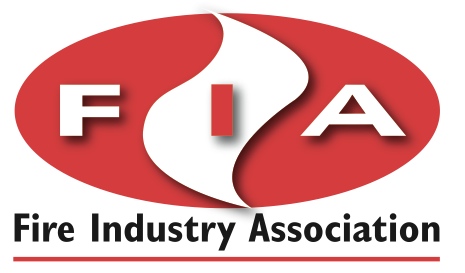Survey by LFB shows 760,000 Londoners at risk in the event of an emergency
 A survey commissioned by LFB has shown that three quarters of a million high rise households in London could be at risk in the event of an emergency.
A survey commissioned by LFB has shown that three quarters of a million high rise households in London could be at risk in the event of an emergency.
The survey found that 60% of all high rise residents, around 760,000 high rise households, don’t have a fire escape plan. It also raised questions about tenants' knowledge of stay-put policies, 50% said they would leave their flat even if the fire was elsewhere in the block – one of the most dangerous actions a resident could take in the event of fire.
The LFB has launched a 12 month campaign ‘Know the Plan’ to help ensure landlords and housing providers know and act on their responsibilities, and that tenants know how to react in the event of an emergency.
The campaign comes after recent survey results and the Coroners’ inquest into the Lakanal House Fire in 2009 where six people tragically lost their lives. The Coroners’ recommendations included increasing public awareness of fire safety.
Colin Bassnett, Metro Safety, Principal Fire Safety Advisor MiFireE CFPA (Eu) Dip, had the following to say about the importance of emergency plans and a building's fire safety strategy;
“We cannot stress enough how important an emergency plan is for the safety of people who live in flats and in particular high rise blocks. However, to be of any use emergency plans need to reflect the arrangements in the building and be communicated to occupants in an appropriate format and at suitable intervals.”
We are happy to advise on fire evacuation procedures in any of your properties please call 0845 058 9999 to speak to one of our Fire Safety Advisors or email an enquiry.
Building Structure, Emergency Planning and Fire Strategy
Building emergency plans relate to the fire strategy in place for the building, the fire strategy in turn takes into account how the building has been constructed and how it is used. Most flats that have been built or converted since 1991 are constructed in such a way that each dwelling is a self contained fire compartment. This means that in the vast majority of cases, in the event of a fire in one flat, people in neighbouring flats can safely remain in their own homes until they are advised to leave by the fire brigade or until they feel that their safety is at risk. However, it is not uncommon to find that building alterations and refurbishments have compromised the fire compartmentation or that a change in the management of the building, such as the reduction in night time staffing levels, have compromised the fire strategy which in turn makes the emergency plan ineffective and potentially dangerous.
Evacuation Planning and Communication
When talking about fire safety responsibilities Colin said; “As the responsible person, the landlord needs to ensure that the control measures in place to support the fire strategy and emergency plan (e.g. compartmentation, fire alarm, staffing levels etc.) are still suitable and sufficient and that any changes are adequately risk assessed and taken into account in the emergency plan.
Failure to follow a considered and current emergency plan can place occupants of flats at great risk in the event of a fire, so the way in which the plan is communicated to them is also critical. In short, emergency plans need to be simple to understand and to follow and they need to be provided to occupants when they first take up residency or purchase the flat. Ideally this information would be included in a residents' handbook and/or be reissued periodically."
Recent tragic events such as Lakanal House, have also demonstrated that the fire brigade need to have access to the emergency plan. In some regions brigades are promoting the provision of Building Information Plaques (BIPs). These are engraved plaques which set out the basic emergency plan for the building and which are fixed in a prominent location by the building entrance.
High Rise Properties Require Specialist Advice
Flats and high rise properties require specialist fire safety knowledge and you need to be confident that the people who carry out your fire risk assessments and draw up and revise your emergency plans are competent to do so. If in doubt, you could contact the FIA for a list of qualified and accredited fire safety consultants.
If you have any questions with regard to evacuation procedures in any of the properties you manage please call 0845 058 9999 to speak to one of our Senior Fire Safety Advisors or email an enquiry online.
Lakanal House Factsheet Download
To find out more about the Coroners recommendations from the Lakanal House Fire, and in particular the stay-put policy and compartmentation requirements please download our factsheet.
Please feel free to share this article with and colleagues you feel may be interested.

Metro Safety are members of the Fire Industry Association, Colin Bassnett our Principle Fire Safety Advisor serves on the FIA's Fire Risk Assessment Council and we are approved by them to carry out fire risk assessments.

